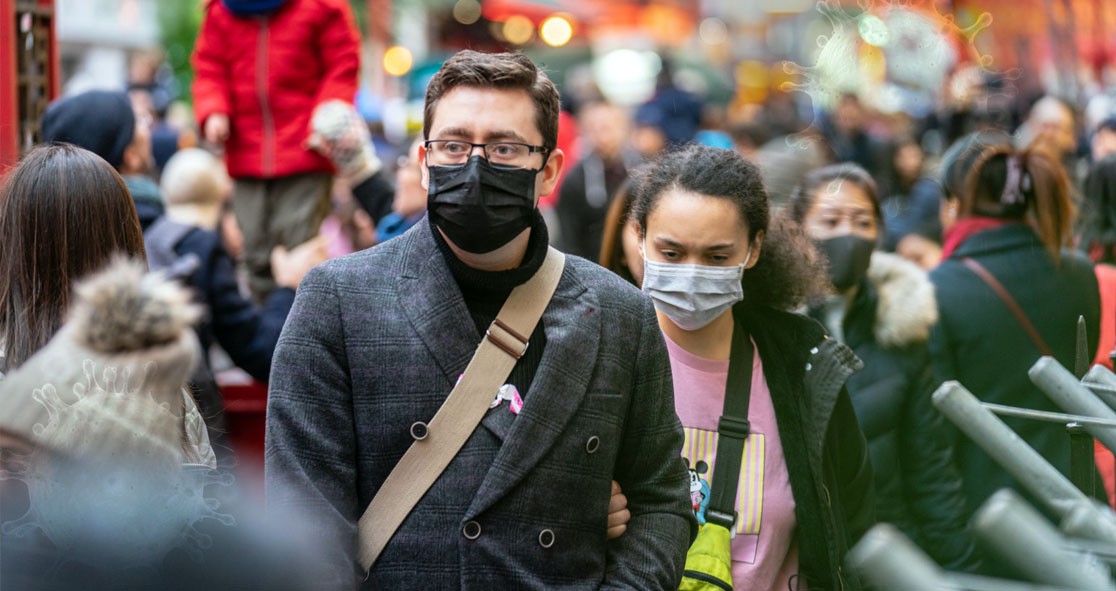New research from the scientists of the University of Chicago Medical Center has found that in the early stages of the pandemic in New York City, only 1 in 5 to 1 in 7 cases were asymptomatic, according to Medical Xpress.
The researchers also found that asymptomatic cases are highly responsible for community transmission, with at least 50% of the cases come from those who have the infection but no symptoms.
The study was published Wednesday in the Proceedings of the National Academy of Sciences.
The study’s first author Rahul Subramanian said, “Without testing capacity data, it’s very difficult to estimate the difference between cases that were unreported due to a lack of testing and cases that were actually asymptomatic.”
“We wanted to disentangle those two things, and since New York City was one of the first cities to report the daily number of tests completed, we were able to use those numbers to estimate how many COVID-19 cases were symptomatic,” he added.
There are a few existing models that use epidemiological data to estimate undiagnosed cases and transmission rates, but this is the first peer-reviewed study to incorporate data about daily testing capacity and changes in testing rates.
Senior author Prof. Mercedes Pascual said, “Incorporating these data into the model showed that the proportion of individuals who are symptomatic for COVID-19 is somewhere between 13% and 18, and regardless of uncertainty in all other parameters, we can tell that more than 50% of the transmission happening in the community is from people without symptoms ¬— those who are asymptomatic and pre-symptomatic.”
Co-author Qixin He said, “Even if asymptomatic people aren’t transmitting the virus at high rates, they constitute something like 80% of all infections.”
“This proportion is quite surprising,” she added. “It’s crucial that everyone—including individuals who don’t show symptoms—adhere to public health guidelines, such as mask-wearing and social distancing, and that mass testing is made easily accessible to all.”
The team said the study results also demonstrate the need of making testing protocols and numbers publicly available.
“Making this information available is as important as reporting the number of cases,” Prof. Pascual said. “Otherwise, we have a discrepancy between the number and type of cases that are reported over time and the underlying transmission dynamics. These data are critical for epidemiological modeling.”
The article was published Thursday on Medical Xpress.























